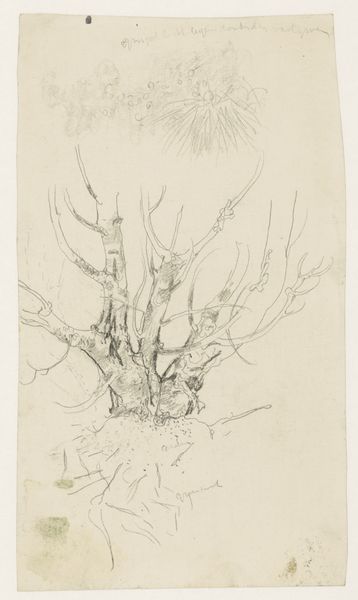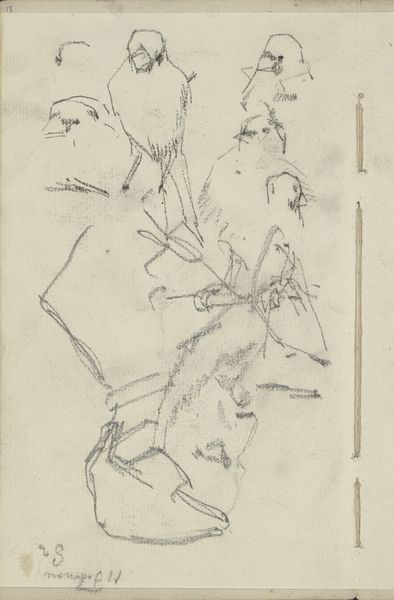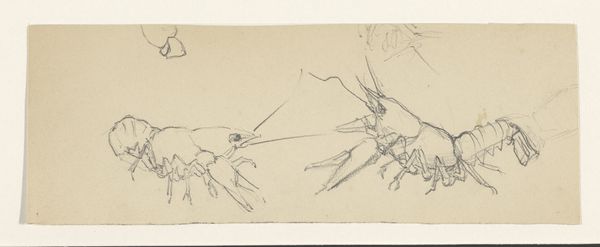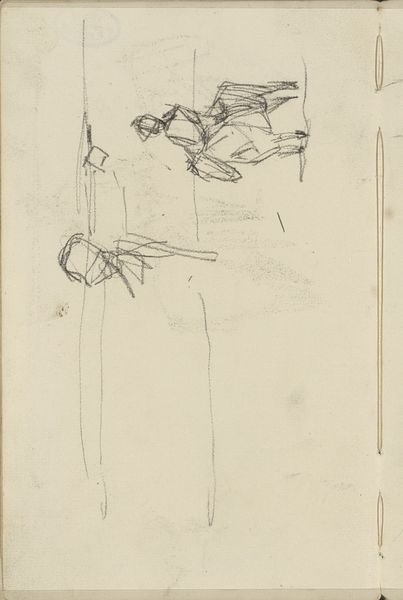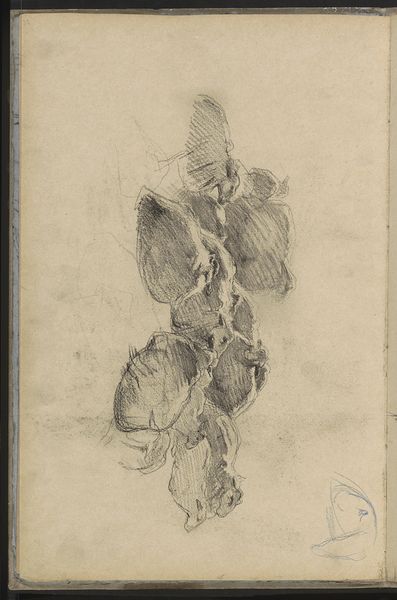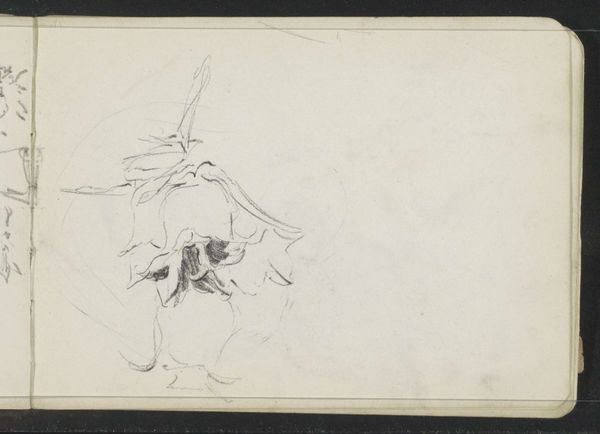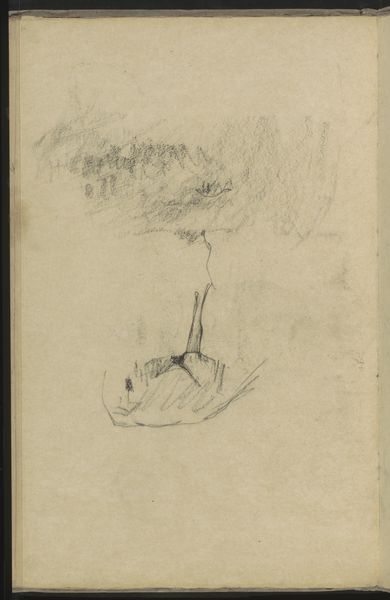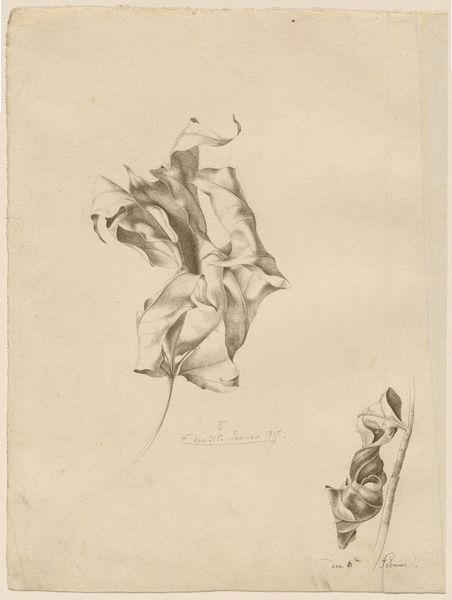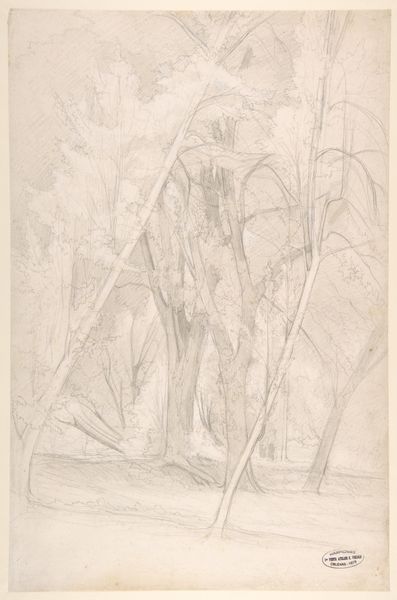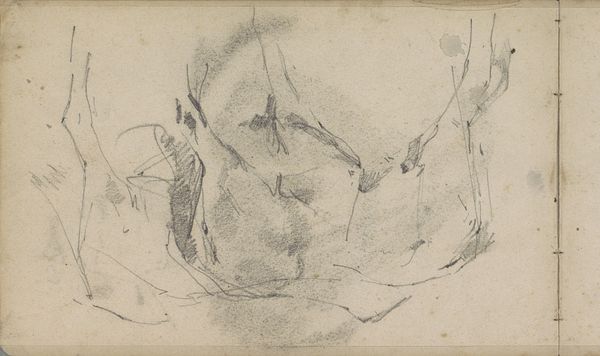
drawing, paper, pencil, architecture
#
drawing
#
organic
#
paper
#
form
#
pencil
#
line
#
architecture
Dimensions: 19.8 × 14 cm (18 × 14 in.)
Copyright: Public Domain
Curator: Welcome. We are looking at Louis Sullivan's 1885 pencil drawing on paper, "Plant Form Study," currently held at the Art Institute of Chicago. Editor: It strikes me as surprisingly delicate. Despite being a preparatory study, it feels more like a finished, intentionally ethereal piece. Curator: Interesting. I find its formal qualities particularly compelling. Consider the contrast between the spiraling, almost geometric centers of the plant forms and the more jagged, undefined edges of the surrounding foliage. Editor: Yes, and thinking about the era in which Sullivan made it, one has to consider this beyond form, connecting it with the rise of industrialization. Do you think the pursuit of organic forms signals a quiet rebellion against it? Were botanical studies the one safe ground where art could imitate life? Curator: I see it more as the bedrock of his architectural designs. He meticulously studies these organic forms, extracts their structural essence, and then translates that into ornamentation. Look closely, you can see the basis of so much of his later work. It's about understanding the inherent geometry within nature. Editor: Perhaps. I see a longing. As an artist working amid increasing urbanization, maybe he's yearning to connect with the earth. It reads like a silent protest, celebrating nature at a time when many were losing touch with it. Who has access to nature becomes a huge marker for social identity. Curator: It's compelling to consider its possible social underpinnings, but I can't shake my firm belief that for Sullivan, it was about discovering fundamental design principles. You are seeing the political but maybe ignoring the genesis of his artistic approach: finding the underlying language of form. Editor: I think both readings are relevant, of course! Understanding his context is key, as he would have to live through unprecedented social transformations and change. We've unpacked a tension between his exploration of line and your seeing form's potential—and its impact as an activist piece. Curator: An excellent summation. It allows us to admire the drawing while recognizing that there is no singular interpretation of its intrinsic form.
Comments
No comments
Be the first to comment and join the conversation on the ultimate creative platform.
